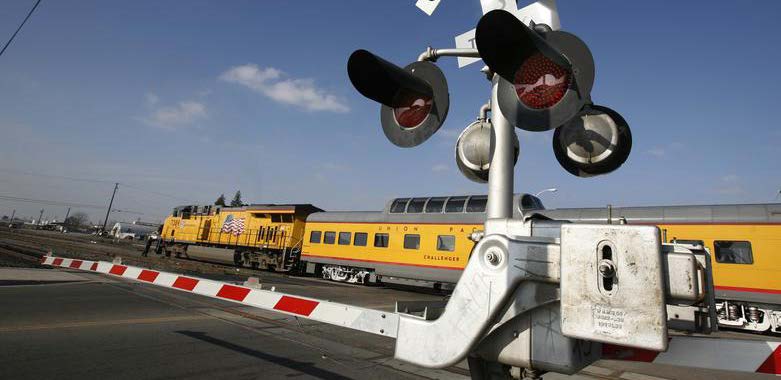

Dr. Aemal Khattak, a professor of Civil Engineering and transportation expert at the University of Nebraska-Lincoln, is investigating two research projects sponsored by the Nebraska Department of Transportation (NDOT) expected to be completed in 2020. NDOT has made safety a priority when it comes to the daily experiences of Nebraskans, much as UNL researchers have made safety a key part of their research. The first project, titled Research on School Zone Safety, investigates motorist speeds in school zones. School zones are areas designated by flashing lights at elementary and sometimes middle schools requiring motor vehicle drivers to slow down beyond the usual speed limit, thus providing a safer walking environment for children. Motorists must obey the lower speed limit on the sign “when flashing” for 30 minutes in the morning and 30 minutes in the afternoon when the school day begins and ends.
As part of the project, the research team led by Dr. Khattak collected motorist speed data around 18 schools along with other pertinent information on the characteristics of the streets, schools, and observed motor vehicles. These schools represent a variety of conditions in terms of speed limit reductions (e.g., reduction from 35 mph to 25 mph, 40 mph to 25 mph, 30 mph to 15 mph, etc.), whether or not a school is visible from the street, presence of a fence around a school, and where loading and unloading zones are in relation to the street. All of these factors could affect motorists’ speeds in school zones.
Since collecting data at these schools, the research team is in the data analysis stage of the project. The NDOT, City of Lincoln traffic engineers, and others are being consulted as the project moves forward to ensure appropriate recommendations on motorist speed limit guidelines in school zones.
The second project, Nebraska Rail Crossing Safety Research, has two main goals: to update the NDOT rail crossing crash prediction model and to assess uniformity in driver expectancy with respect to traffic safety measures at rail crossings in Lancaster County, Nebraska. The rail crossing crash prediction model is used for screening rail crossings for further safety investigation. However, the current model is based on crash data from the 1990’s. Since then there have been significant changes in rail crossing characteristics such as train and vehicular traffic, signage, etc. Consequently, crash characteristics have changed and there is a need to update the model to provide better crash predictions. Currently the research team is assessing the latest crash and rail crossing inventory data that will be used for the update.
Some rail crossings in Lancaster County are designated as “Quiet Zones”, where oncoming trains are not required to sound horns, thus reducing noise pollution. Supplemental Safety Measures (SSMs) are put in place at such rail crossings to compensate for the reduced safety that may result from lack of horn sounding. However, rail crossings in proximity of quite zones that are not designated as such usually do not have SSMs. This disparity among crossings in relative proximity can potentially violate motor vehicle driver expectancy and lead to unsafe conditions. In consultation with NDOT and the Lincoln/Lancaster County Railroad Transportation Safety District, the research team is in the process of assessing different rail crossings in terms of uniformity with respect to SSMs and will provide recommendations on improving safety at rail crossings in Lancaster County to NDOT and the Lincoln/Lancaster County Railroad Transportation Safety District upon project completion.
Share your News with NTC!
If you are a student, faculty member, or other affiliate of the Nebraska Transportation Center, we are eager to share your news of your work and accomplishments.
Send your information to Madison Schmidt at mschmidt24@unl.edu and it could appear in NTC's website, newsletter, Facebook, and Twitter.